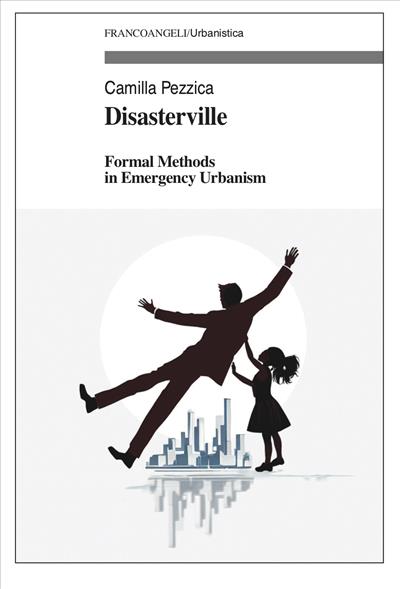
Disasterville
Formal Methods in Emergency Urbanism
This book delves into the importance of formal methods in emergency urbanism and their potential role in reconciling the contrasting views on disasters. It traces opportunities for reducing disaster risk by adopting methods and approaches that promote deliberation in the planning of physical urban transitions.
Pagine: 138
ISBN: 9788835153375
Edizione:1a edizione 2023
Codice editore: 1862.237
Possibilità di stampa: No
Possibilità di copia: No
Possibilità di annotazione: Sì
Formato: PDF con DRM Readium LCP




